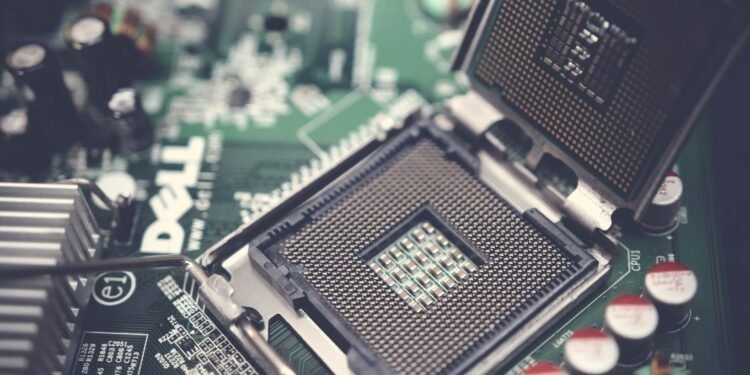In an era where technology constantly evolves and demands improved performance, enhancing performance in compact computers has become an intriguing challenge. From smartphones to wearables, compact computers are ubiquitous in our daily lives, allowing us to accomplish tasks more efficiently. However, with their compact size comes processing power and storage capacity limitations. Delve into cutting-edge advancements and innovative solutions pushing the limits of performance in compact computers. Explore how relentless research and development efforts are propelling these devices toward reaching new heights, revolutionizing how we interact with technology, and expanding the possibilities of what compact computers can achieve.
New Benchmark in CPU Performance
In recent years, there has been a steady push towards achieving new benchmarks in CPU performance in compact computers. With the rapid advancement of technology, users expect faster processing speeds and more efficient multitasking capabilities from their devices. Manufacturers have been tirelessly researching and developing innovative solutions to overcome the limitations of compact size and deliver exceptional performance.
One of the main focuses has been enhancing CPUs’ power efficiency. Manufacturers have achieved significant performance improvements by utilizing new architectures and design techniques without sacrificing battery life. Users can enjoy longer usage and perform resource-intensive tasks on their compact devices.
Another area of advancement is in storage capacity. Compact computers have historically been limited in terms of storage options, but breakthroughs in storage technology have paved the way for higher capacity and faster storage solutions. Solid-state drives (SSDs) have become increasingly popular due to their faster read and write speeds, making them an ideal choice for compact computers with limited space.
Pursuing new benchmarks in CPU performance for compact computers has resulted in impressive innovations and advancements. Through relentless research and development efforts, manufacturers have overcome the limitations of compact size and deliver exceptional performance to users. As technology continues to evolve, we can expect further enhancements in performance, allowing us to accomplish tasks more efficiently on our compact computers.
Customizing Your Pi
Customizing your Raspberry Pi to enhance performance is a popular trend among tech enthusiasts. The Raspberry Pi 5 is a small, affordable computer that offers endless possibilities for customization. By overclocking the processor, increasing RAM, or adding external storage, you can boost its performance and make it capable of handling more demanding tasks.
Overclocking the processor is one effective way to enhance the performance of your Pi. This process involves running the processor faster than its default frequency, which can achieve faster processing times and improved multitasking capabilities. However, it is important to note that overclocking can generate more heat and strain the hardware, so monitoring the temperature and ensuring proper cooling measures are in place is crucial.
Another way to enhance your Pi’s performance is by increasing its RAM. The Raspberry Pi typically comes with limited RAM, which can sometimes restrict its ability to handle resource-intensive applications. Adding more RAM or utilizing virtual memory techniques can ensure smoother multitasking and improved performance. Expanding your Pi’s storage capacity can also be accomplished by connecting an external USB drive or setting up a network-attached storage (NAS) system. This will provide more file storage space and allow the Pi to handle larger data sets.
Customizing your Raspberry Pi can enhance its performance and overcome the limitations imposed by its compact size. Whether overclocking the processor, increasing RAM, or expanding storage capacity, these customizations can transform your Pi into a more powerful and capable computing device. With the constant evolution of technology, pushing the limits of performance in compact computers like the Raspberry Pi has become an exciting challenge for tech enthusiasts globally.
Ensuring Sustained Performance
Ensuring sustained performance in compact computers is crucial as technology evolves and demands improved capabilities. Despite their small size, these devices play a significant role in our daily lives, enabling us to perform tasks more efficiently. However, the inherent processing power and storage capacity limitations present unique challenges.

To address these challenges, researchers and innovators are constantly pushing the boundaries of performance in compact computers. They explore cutting-edge advancements and develop innovative solutions to overcome limited space constraints. These devices can achieve sustained performance by adopting new technologies and implementing optimized designs.
Relentless research and development efforts are essential in this quest to enhance performance. By harnessing the power of efficient processing, improved storage solutions, and optimized software, compact computers can continue to deliver impressive performance without compromising their compact form factor. This ensures that users can enjoy the benefits of these devices while keeping up with the ever-increasing demands of technology.















































































































